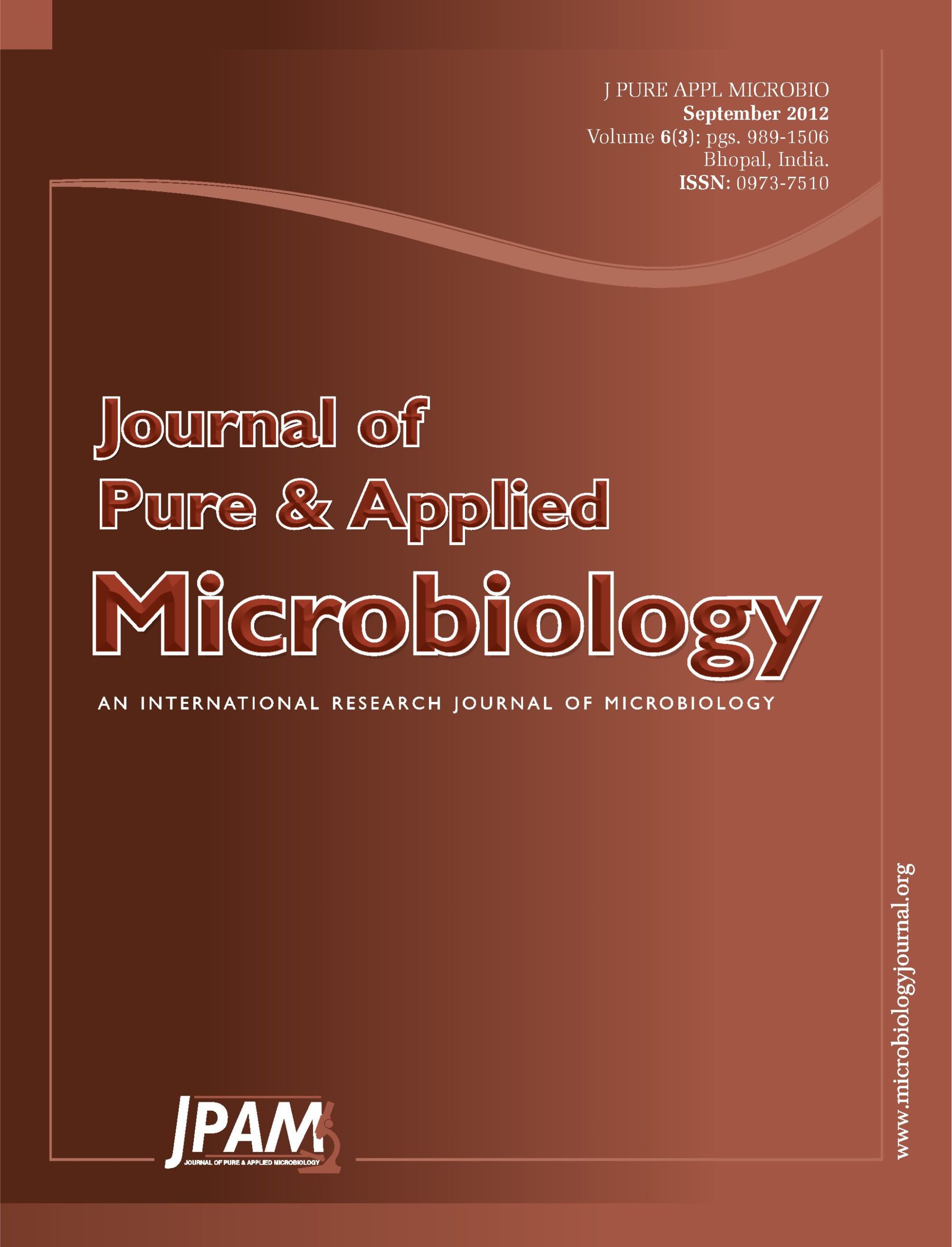In this study, prevalence and characteristics of extended-spectrum b-lactamase (ESBL)-producing coliform from the Geumho River in Korea were assessed. A total of 342 coliforms were isolated from seven different sites of the Geumho River from April to November 2008. The mean coliform and fecal colifrom population in the Geumho River was 62 CFU/mL and 22 CFU/mL, respectively. Among 342 isolates, 21 for which the MIC of ceftazidime was ³2 ug/mL were confirmed to be positive for ESBLs, and all of them were identified as Escherichia (E.) coli. Twenty-one ESBL-producing E. coli showed high resistance of 81~100% to ampicillin, cefaclor, cephalexin, ceftriaxone, cefprozil, cefotaxime, ciprofloxacin, nalidixic acid, and tetracycline, followed by trimethoprim, kanamycin, gentamycin, streptomycin, and ceftazidime with resistance rate of 38.1~61.9%, respectively. The resistance rate to chloramphenicol was as low as 14.3%, and all isolates were susceptible to amikacin. All 21 isolates showed resistance to eight or more drugs, and 14 isolates (66.7%) transferred their antimicrobial resistance to recipient strains by conjugation. Among the 21 isolates, the TEM and CTX-M genes were detected in all of them by PCR, whereas no SHV gene was recognized, and the 14 transconjugants from these isolates also contained identical ESBL gene. The most frequent b-lactamase type was TEM-116 and CTX-M-15 with the ratio of 57.1%, followed by TEM-1 and CTX-M-15 (23.8%), TEM-1 and CTX-M-14 (9.5%), TEM-1 and CTX-M-27 (4.8%), and TEM-116 and CTX-M-14 (4.8%). MICs of cefotaxime were more than eight-fold higher compared to those of ceftazidime in the 21 isolates.
Coliform, Escherichia coli, ESBL, TEM, CTX-M
© The Author(s) 2012. Open Access. This article is distributed under the terms of the Creative Commons Attribution 4.0 International License which permits unrestricted use, sharing, distribution, and reproduction in any medium, provided you give appropriate credit to the original author(s) and the source, provide a link to the Creative Commons license, and indicate if changes were made.


